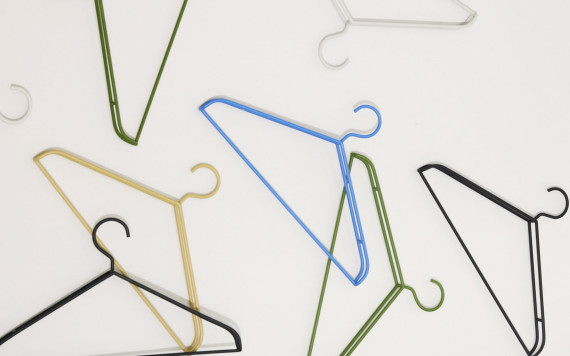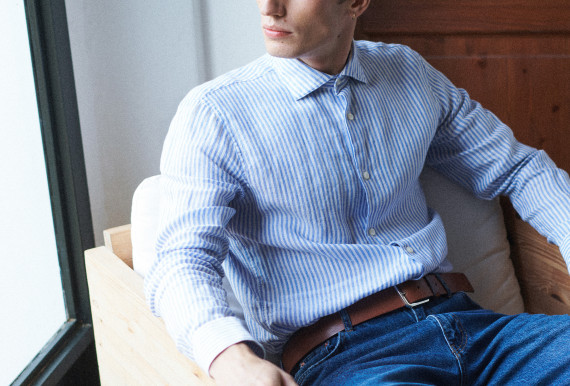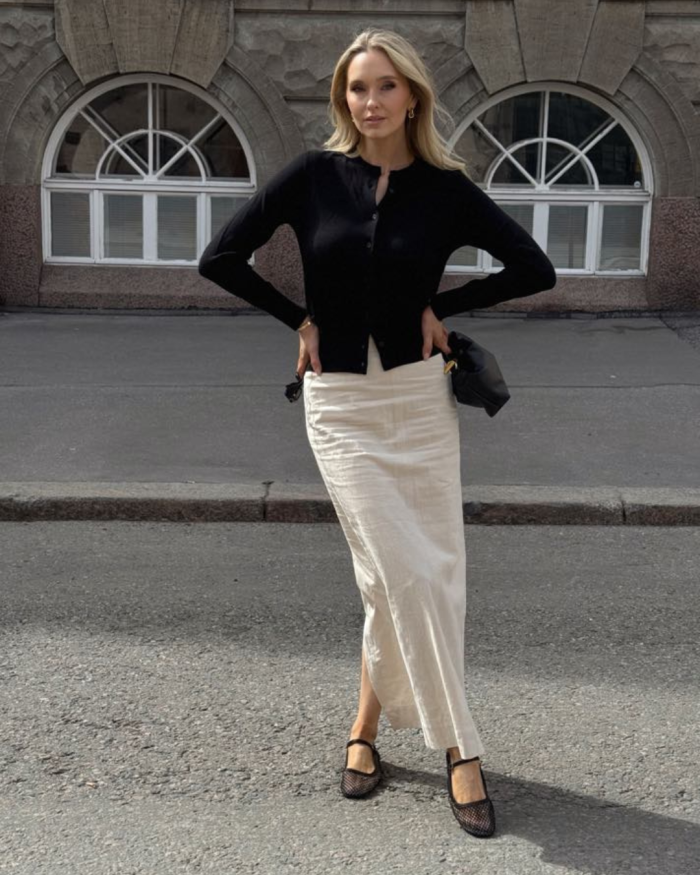How to choose
the right suit for you
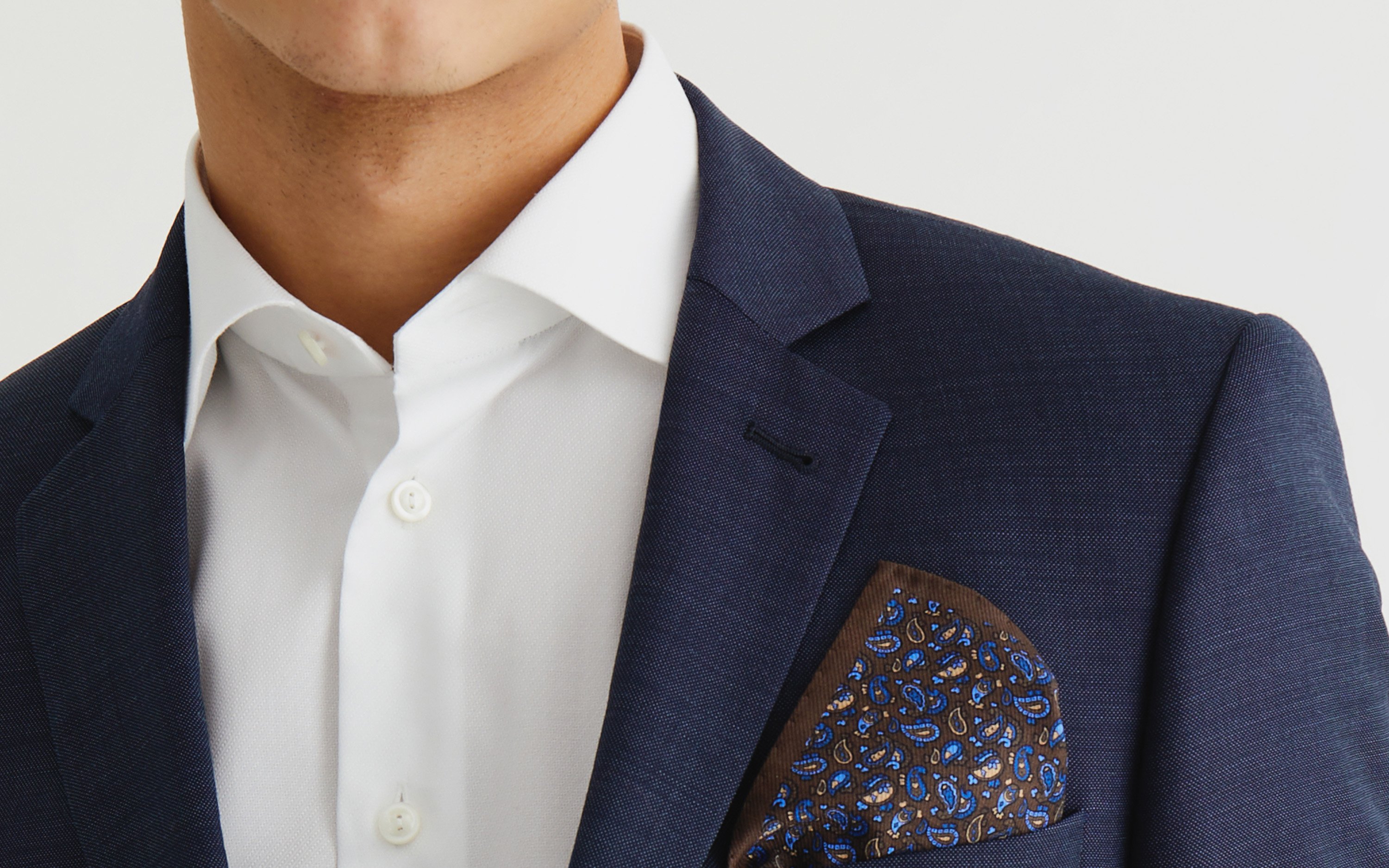
Every man should own a great suit. Here’s how to find the right one to suit you, whether it’s for the office or that special occasion, we’ll make sure you look smart every time you wear it.
The style and colour
Get the suit basics right and you can’t go wrong. First you need to know what you want the suit for. Is it for work? Date night? A friend’s wedding. If you know this, you can make the right choice, starting with the colour. The most classic choice is going for one in a solid true navy blue, charcoal grey, or black, basically a classic cut in a neutral colour. Not only are they versatile shades for every day, but they will also work with every shirt-and-tie combo you can think of and a whole lot more. To get the most wear out of a suit, its best to go for a light-to-mid-weight wool as it’s the most common suit fabric and is pretty much good for everything.
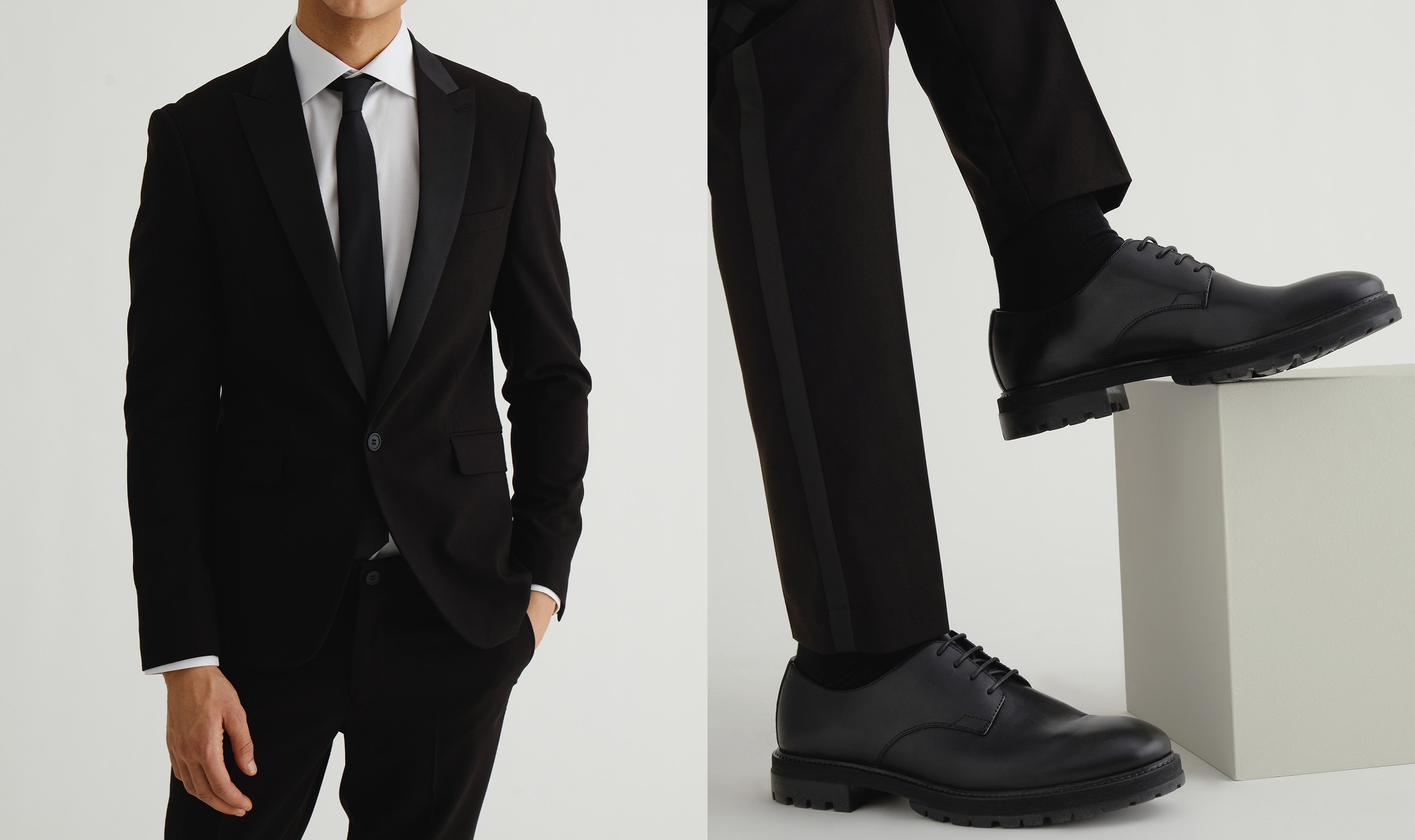
The cut
Once you have the colour and pattern, now you need to decide on the type of suit you want which basically means the silhouette. Single breasted jackets are always classic and suit any occasion. If you did want to go double-breasted, make sure its slim and trim, without shoulder pads and a droopy fit to keep it fashionable. Now think about the construction, do you want two or three buttons? (The answer is almost always two) A notch or peak lapel? (Depends on the image you are trying to project). Most of your suits should be two buttons as it’s a modern standard. One button is good for formal, night time suits. The two most common type of lapels are peak (because the jut up and out toward your shoulder, ending in a point) and notch. Notch is fail-safe whereas peak is flashier and more formal.
Don’t forget the back of the suit. Most suits have a rakish double vents, but single vent is still a classic way to go. When it comes to pockets, the most common is flap pockets which feature a rectangular flap of fabric that hangs about five centimetres over the front of the pocket. Patch pockets look like they were originally found on sporting jackets and are stitched to the outside of the jacket, not the inside. They give off a more casual look. Besom pockets are found on formal jackets and tuxedos and have no flap.
The fit
The secret to wearing a suit properly is understanding how it’s meant to fit your body.
The suit jacket should always taper in at the waist to accentuate your shoulders. The hem of the jacket should fall where your fingertips end naturally when you have your arms at your side, the sleeves should also sit at the top of your wrists and allow just over one centimetre of your shirt cuff to show. Always avoid lapels wider than seven centimetres.
Your shoulders: You want precision fit here. Most guys overestimate their jacket size. So, if you think you are a 42 try a 40. When you put on a size that’s definitely too small, go back up a size. That’s your size.
Your chest: With the jacket buttoned, the lapels should lie flat on your chest. If they bow out, you need a different size or a different brand. The modern way is to keep the lapels moderately narrow.
Around your torso: With the jacket buttoned, slide your thumb between the button and your gut. If your thumb is snug, good if it’s a little loose you’ll need to take the jacket in a bit at the back.
Your arms: They should hug your arms, closely following your natural lines and stop to show two and a half centimetres of shirt cuff.

The fit of your trousers
Fasten your trousers at your natural waist (about 2.5 centimetres below your navel). You want your pants to fit like your jeans and the key to this look is a tapered leg. Pleats give a much older look and have fallen out of fashion. So rather than pants with a front crease, go for a flat-pressed pant which will slim your legs and elongate them. Cuffing will make your legs look shorter. Your pants should skim the tops of your shoes and create a crease. If there is no crease, it means that your pants are too short. Your pants are too long if you have a deep crease or multiple creases. Always try your trousers on while wearing shoes to ensure you get the right length.
Suit care tips
The best way to take care of your suit is to avoid dry cleaning as it’s not dry, it’s a process that involves mixing harsh chemicals that tend to break down the suits’ natural fibres. Therefore, the more you dry clean, the faster it will lose its quality and sharpness. Spot clean with a damp cloth and give your suit some time to breathe and air out as much as you can as it allows trapped moisture to evaporate which then straightens wrinkles and gets rid of odours. Avoid wearing your suit for consecutive days and brush it down with a clothes brush after each use. Always hang your suit on an ergonomic or padded hanger.
